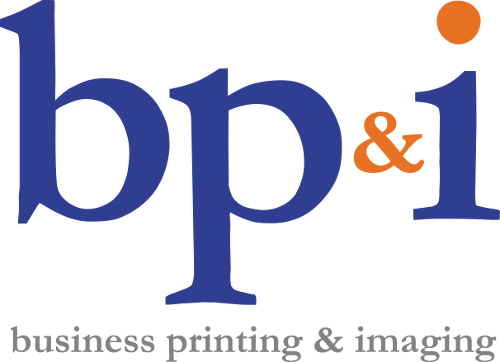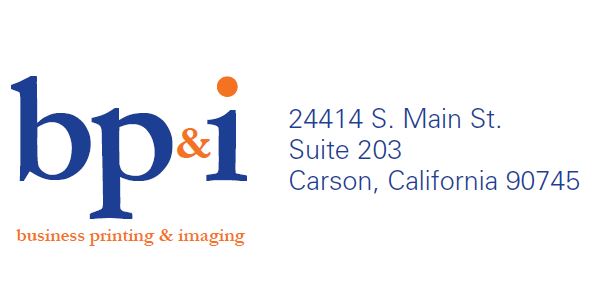Letterhead
A letterhead, or letterheaded paper, is the heading at the top of a sheet of letter paper (stationery). That heading usually consists of a name and an address, and a logo or corporate design, and sometimes a background pattern. The term “letterhead” is often used to refer to the whole sheet imprinted with such a heading.
Many companies and individuals prefer to create a letterhead template in a word processor or other graphic software application. This generally includes the same information as pre-printed stationery, but at lower cost. Letterhead can then be printed on stationery (fancy, often with a watermark), or plain paper, as needed on a local output device or sent to a professional printing establishment, like Business Printing & Imaging.
Letterheads are generally printed by either the offset or letterpress methods. In most countries outside North America, company letterheads are printed A4 in size (210 mm x 297 mm). In North America, the letter size is typically 8.5 x 11 inches (215 x 280 mm).
Although modern technology makes letterheads very easy to imitate, they continue to be used as evidence of authenticity.
Note: stationEry is what is written on, stationAry is immobile.
Envelopes
An envelope is a common packaging item, usually made of thin flat material. It is designed to contain a flat object, such as a letter or card.
Traditional envelopes are made from sheets of paper cut to one of three shapes: a rhombus, a short-arm cross or a kite. These shapes allow for the creation of the envelope structure by folding the sheet sides around a central rectangular area. In this manner, a rectangle-faced enclosure is formed with an arrangement of four flaps on the reverse side.
Offset envelopes are printed flat on offset presses, then die cut and converted into envelopes. For Offset envelopes with bleed on the face or print on any flap, it is required that the artwork be placed on a template to make sure it conforms to the shape of the finished piece.
Post-converted envelopes can be printed on by offset or digital processes, but bleeds and flap printing can pose certain problems and restrictions.

